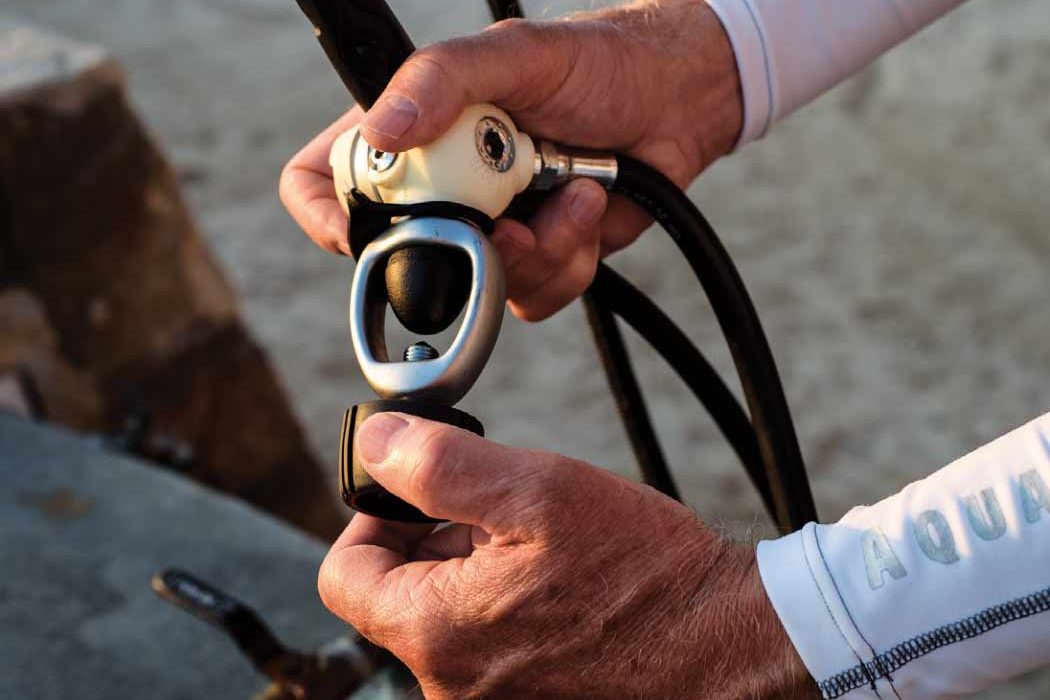johndiver999
Contributor
Perhaps, swishing is viable, if the problem is just the exhaust valve folded over, but pressing the purge will give them an opportunity to cough out the water that has been bothering them, catch their breath over a few cycles, and THEN decide if switching to an octopus or trying to fix the problem with the primary is a good idea.
A cracked housing, damaged or displaced diaphragm, torn or unattached mouthpiece are all potential causes that are not going to be fixed by waving the regulator around while you cough the last bit of air from your lungs.
Press the purge, suck down a few breaths and get respiration under control, get your hands on the octopus, see if the leak is resolved by a test inhalation, if not, carefully switch to the octopus, signal to your buddy, and then decide what to do. That's what I think I would probably do, depending on how much water went down the hatch.
We make light of the difficulty of switching second stages, but if a person has inhaled, even a little bit of water, the coughing and problems and potential for panic can go from zero to 100% in a few moments.
Being able to breathe from a freeflowing or leaking second stage (at least for a short time) is an important skill.
A cracked housing, damaged or displaced diaphragm, torn or unattached mouthpiece are all potential causes that are not going to be fixed by waving the regulator around while you cough the last bit of air from your lungs.
Press the purge, suck down a few breaths and get respiration under control, get your hands on the octopus, see if the leak is resolved by a test inhalation, if not, carefully switch to the octopus, signal to your buddy, and then decide what to do. That's what I think I would probably do, depending on how much water went down the hatch.
We make light of the difficulty of switching second stages, but if a person has inhaled, even a little bit of water, the coughing and problems and potential for panic can go from zero to 100% in a few moments.
Being able to breathe from a freeflowing or leaking second stage (at least for a short time) is an important skill.






